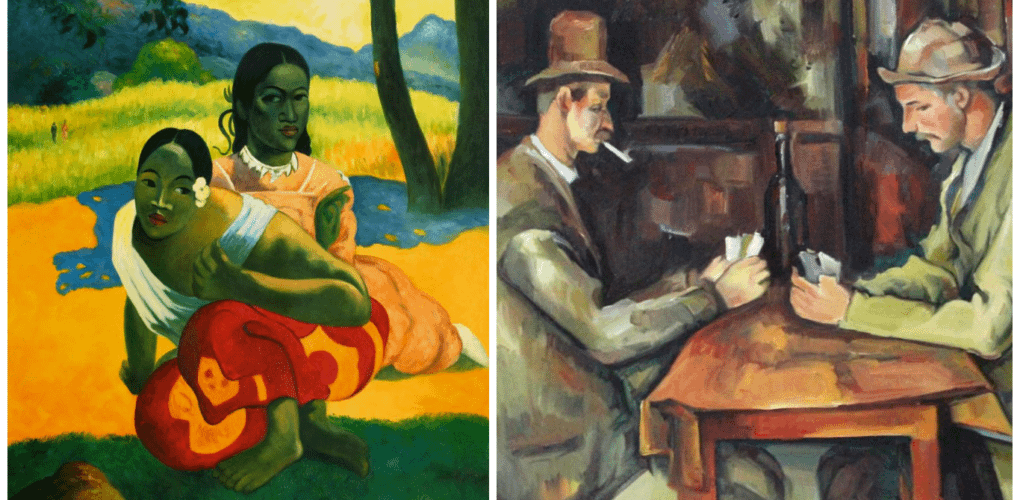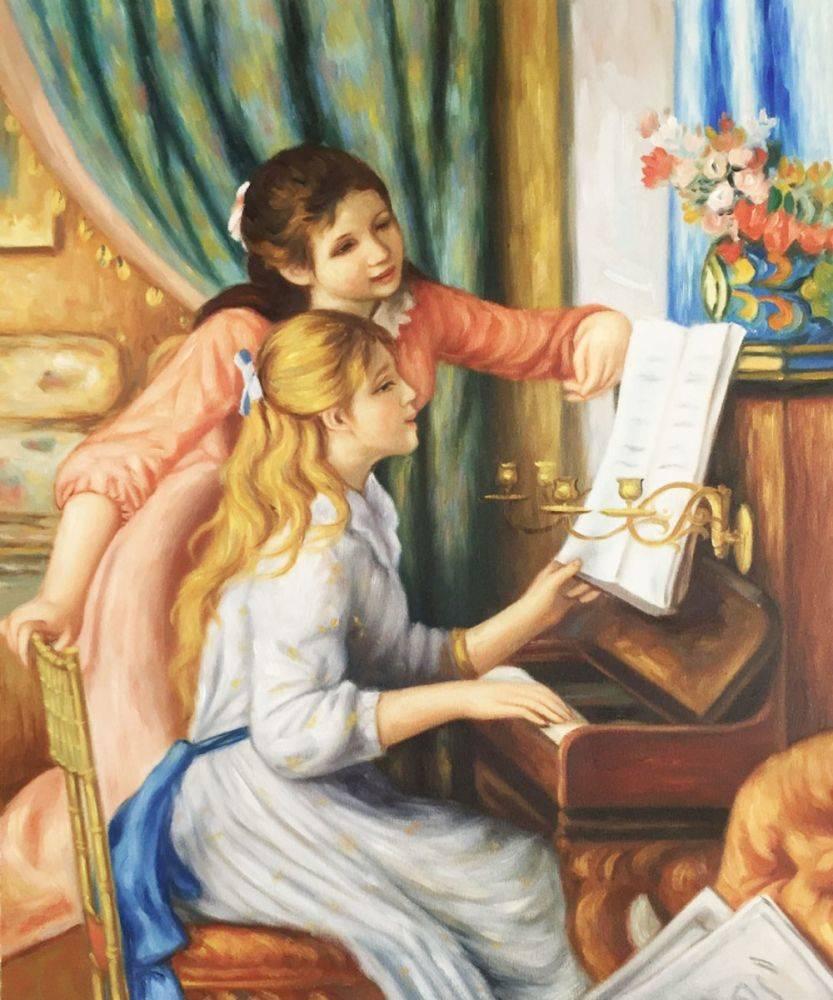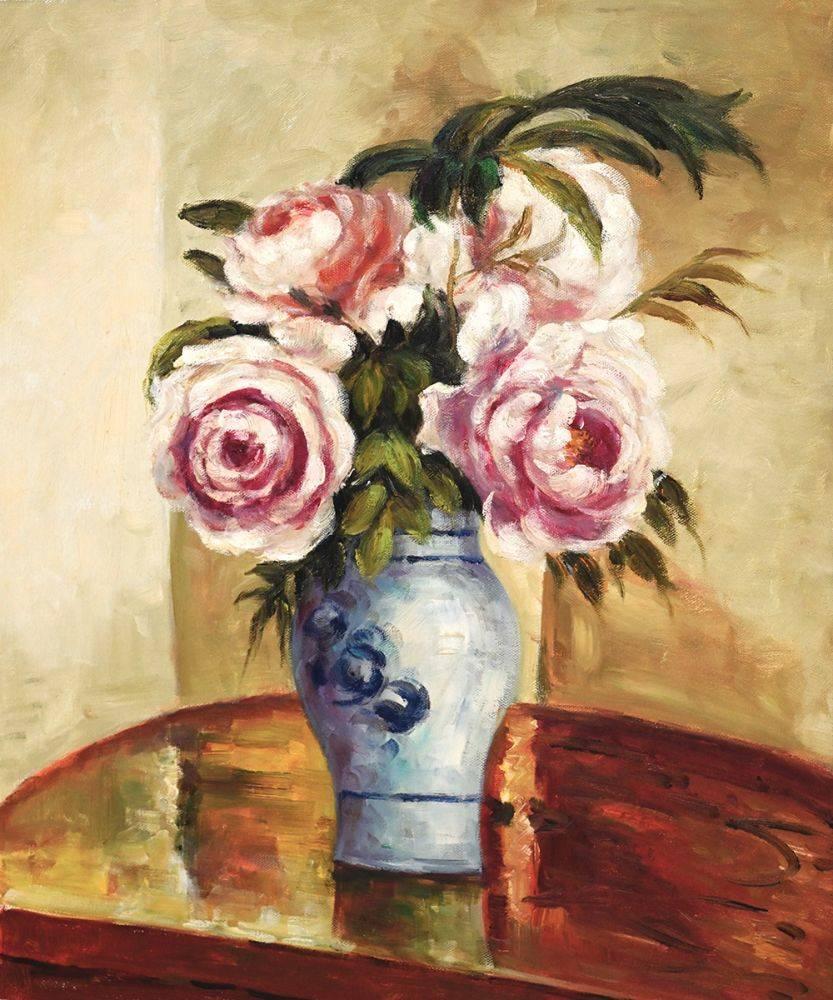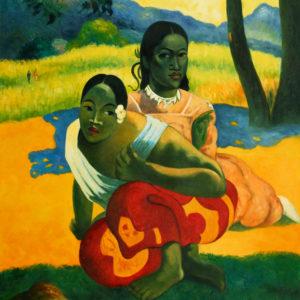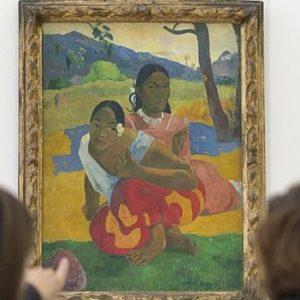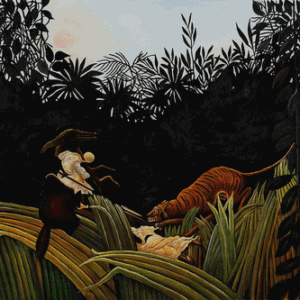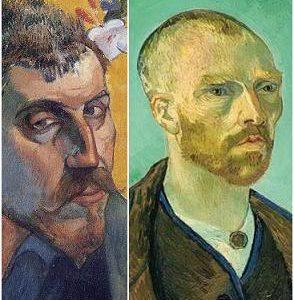Art
A Tale of Two Pauls And The Two Most Expensive Paintings in The World
The two artists share more than a first name. Currently, Paul Cézanne and Paul Gauguin hold the record for the top two most expensive paintings in the world. Paul Gauguin’s 1892 “Nafea Faa Ipoipo (When Will You Marry?)” sold for $300 million in 2015, and Paul Cézanne’s “The Card Players” for an undisclosed $250 million–$300 million in 2011. Mentor, friend, and rival—the relationship between Paul Cézanne and Paul Gauguin was quite complicated during the course of their lifetimes.

Paul Gauguin’s 1892 “Nafea Faa Ipoipo (When Will You Marry?)” and Paul Cézanne’s 1890-92 “The Card Players.”
Camille Pissarro introduced the two Pauls in the 1870s, who became fast friends. Gauguin even became an early collector of Cézanne’s, with his acquisition of the still life “Compotier, verre et pomme (Fruit Bowl, Glass, and Apples),” which he described in 1888 as “an exceptional marvel.” Gauguin also included himself in a work from 1890 titled “Portrait de femme à la nature morte de Cézanne.” Gauguin was quite influenced by the the talent and prominence of Cézanne. The two Pauls were at the heart of Post-Impressionism: Gauguin and Cézanne painted lighter and swifter tones with a smoother gradation compared to the thick singular hues of Impressionism.
Gauguin saluted Cézanne respectfully by referencing his friend and colleague in some of his paintings. Gauguin rendered a seated woman with one hand at her side and the other in her lap within his piece “Portrait of a Woman In Front of a Still Life,” with a still life by Cézanne in the background. Art historians examined the painting in X-rays and noted changes Gauguin made as he was painting. In previous stages, the woman had her hands folded in her lap, as female models did in many portraits by Cézanne (but especially his wife). Painters of the period noted Gauguin’s respect for his colleague as well as each other. In 1900, Maurice Denis painted “Homage to Cézanne,” featuring a group of artist’s surrounding an easel holding a painting by Cézanne, owned by Gauguin. In the background was a work rendered by Gauguin, who may have been Cézanne’s biggest fan at the time.
While it is unclear if the growing distance in their relationship was due to personal reasons, professional rivalry seems to have greatly contributed to the encroaching divide. In an analysis of Gauguin’s ‘Portrait of a Woman in Front of a Still Life’, the Art Institute of Chicago recalls: “Gauguin was also one of the first to turn to a wide variety of non-Western sources for inspiration in his effort to imbue painting with renewed mystery and to forge alternatives to naturalism. Some of the flatness and linear emphasis in this portrait reflects Gauguin’s interest in Japanese prints. Ironically, it is because of this quality that Cézanne once disparagingly referred to Gauguin’s works as ‘Chinese images.'”
Donatien Grau notes something interesting about the distance between Gauguin and Cézanne at The Brooklyn Rail: “…while the latter is very critical towards the former […], Gauguin, who talks at length about Van Gogh in his memoirs, Avant et Après, never even mentions Cézanne.” Though the two Pauls are long dead, their artworks continue to wage war.
